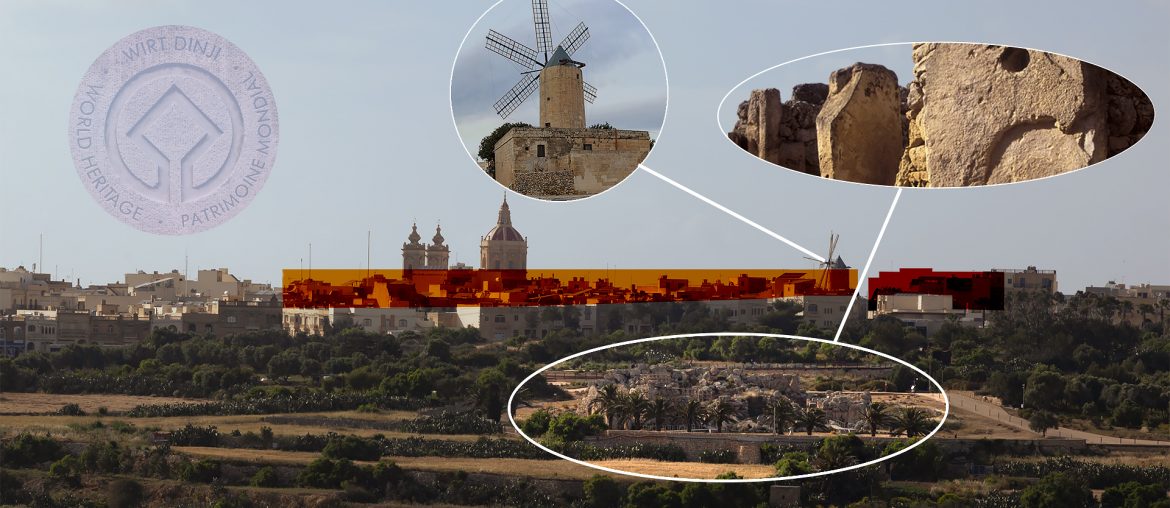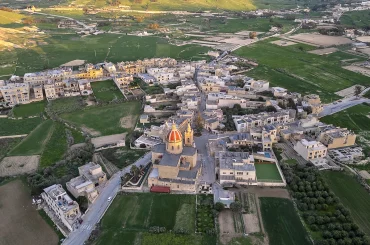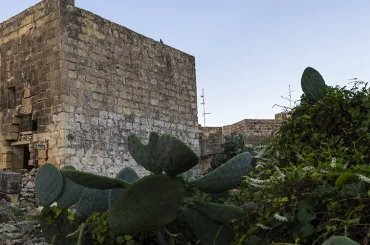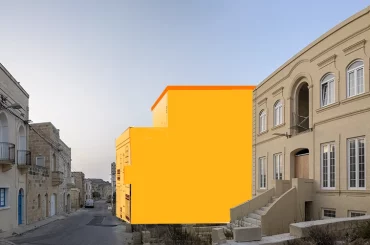Last Monday I wrote to the United Nations Environment, Social and Cultural Organisation (UNESCO). I laid out details of my latest research findings into the development applications for blocks of flats in the buffer zone of Ggantija Temples, which is a UNESCO-inscribed World Heritage Site. It is one of the most significant Neolithic temples in Malta – and an impressive monument of the ancient world.
I told UNESCO that the Superintendence of Cultural Heritage (and Heritage Malta) was taking official position on proposed blocks of flats on the basis of photomontages presented by application or architect without carrying out any independent verifications. I informed UNESCO that the proposed blocks of flats would, if approved, “have a major impact on the setting of the temples – and the setting, which currently consists of a neighbourhood of two-storey townhouses, is an integral part (part of the visual integrity) of the experience of the temples.”
I felt compelled to request UNESCO’s intervention in the endeavour to protect out cultural heritage because of institutional failure within Malta.
I am talking about the Superintendence of Cultural Heritage, which is the cultural heritage guardian, and the Planning Authority, which delivers permits for development.
The Superintendence is a statutory consultee on Planning Authority development applications, and a planning circular published on 25 May 2020, intended to protect the “context” of scheduled buildings, strengthened the sway or voice of the Superintendence over development proposals that fall within the context of heritage buildings.
Planning Circular 3/20, and the specific planning policies that underpin it, define context broadly. This is defined as the immediate streetscape, the views and vistas to and from the scheduled building, the long-distance visual impact, the visual integrity of the scheduled building, even intangible cultural heritage value within the context. The idea is to protect the context, which plays a part in how the scheduled building is experienced.

Another important element here is the cultural skyline – the skyline is unique with the large megaliths of the Neolithic temples and, behind, the row of townhouses and the baroque-style town church and the windmill rising above. That would be lost: these blocks of flats would obscure the windmill and part of the vista of the church, and mar the rhythm and density of neighbourhood.

But in the case of the development proposals in the buffer zone of the Ggantija Temples, little of this context has been taken into consideration. In the case set to be heard tomorrow – a four-storey block of flats that falls within the protected scheduled setting of Malta’s top windmill – the architect or applicant did not submit, or was not asked to, a photographic survey, photomontages from long-distance points of view, or even a proper streetscape analysis. And the Superintendence did not take into account any of this in the superficial, contradictory assessment it made, or the position it took, over the development.

Neither did the Superintendence take into account the intangible cultural heritage of the neighbourhood even though this is mentioned as part of the context in Circular 3/20. The neighbourhood – which lies in-between the tripartite heritage sites of Ggantija, Ta Kola, and Xaghra Circle – is one of the few enclaves in the Maltese Islands that survives wholly as two-storey townhouses.
This neighbourhood has community and urban value. Many people decorate their houses during Christmas, Easter, and the town feast, and the houses have a particular architectural style – inspired from baroque, with some charming and artistic touches, and some kitsch that is part of the unique palette – that is part of the cultural heritage of the area, and part of the nation’s cultural identity.

All of this is part of the context of the temples and the windmill, forming part of the overall or multi-layered experience of the area. It is part of the cultural landscape. Yet all of this would disappear if the townhouses and the community is superseded with blocks of flats.
Let’s hope that UNESCO adds its voice to the voice of the people fighting to protect the nation’s cultural heritage, cultural landscapes and skyline.
Donate to Ggantija Streetscapes
I have investigated and published ten articles in the Ggantija Streetscape series on this website. It takes much resources, time, and effort to put together the visuals and carry out the research, and I have to rely on donations for income to run this website – and run the special reporting projects that serve to reveal and rally. Sustain this work by donating as little as €5.





